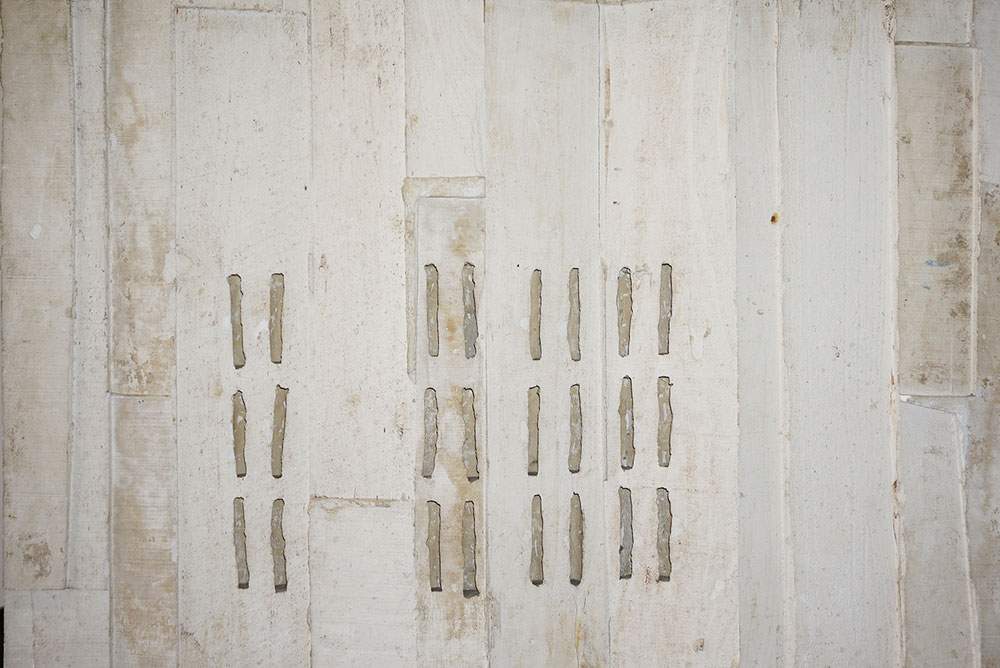Homage to Japanese art in Italy in the group show Putting Down Roots
RBfineart presents in its Milan exhibition spaces the group exhibition NE-WO-OROSU / Mettere radici, which will be open from February 28 to March 29, 2019.
The exhibition aims to be a tribute to Japanese art in Italy. All the works on display are perfect expressions of the East-West union. The languages, techniques and periods are different; they are gestures that carry the essentiality of Zen thought and knowledge of Western art, expressions of the cultural and aesthetic contaminations enacted by the artists. There will be works by historical artists such as Kengiro Azuma, Nobuya Abe, Nobuo Sekine, Hsiao Yamagata, and Shu Takahashi compared with contemporary artists, including Haruka Fujita, Oki Izumi, and Takeshi Shikama who still live or work in Italy.
The connection that artists from Japan have had with Italy has deep roots. The first contacts between the two artistic cultures occurred in 1866, and the first Japanese artists came to our country in the early twentieth century. After the war, many of them arrived as young students and then spent their entire lives in Italy. In Milan, they met the great masters, some of them professors at the Brera Academy, such as Marino Marini and Francesco Messina; they confronted first ancient art, then contemporary art and the new avant-garde, and became friends with masters such as Lucio Fontana, thus obtaining the opportunity to exhibit in the most important galleries of the time.
Despite strong European artistic influences, they managed to find their own personal stylistic signature, always maintaining strong ties with their culture of origin.
Image: Kenjiro Azuma, Mu (ca. 1962; plaster sculpture, 93 x 65 x 5 cm)
 |
| Homage to Japanese art in Italy in the group show Putting Down Roots |
Warning: the translation into English of the original Italian article was created using automatic tools. We undertake to review all articles, but we do not guarantee the total absence of inaccuracies in the translation due to the program. You can find the original by clicking on the ITA button. If you find any mistake,please contact us.





























